Savings Goals
Net Worth
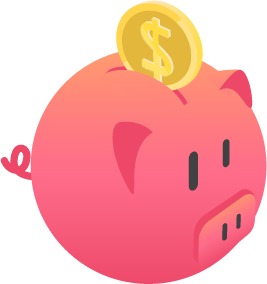 Net Worth Calculator
Net Worth CalculatorThis calculator allows you to quickly understand your current financial condition. Whereas income and expense statements may show the flow of money over time, this calculator will show what your status is at a specific point in time. You can reuse this calculator periodically to see how your net worth has changed over time. Start at the top and work your way down the worksheet entering your assets & liabilities in each of the six sections. Once you have completed you can generate a printable report that you can use to compare against other dates.
Guide published by Jose Abuyuan on October 8, 2020

In the fiscal sense, how much are you really worth? Although important, the money you’ve saved is only one part of the picture. Your assets and debts taken together determine your true personal wealth. If you’ve been good with your finances, you may be worth a lot more than you think. The only way to know for sure is to assess your net worth.
Described as a financial scoreboard, your net worth is a reflection of where your money is going. It is an easy and accurate way of gauging your financial health. In addition, it serves as a guideline for your subsequent budgeting and savings strategies. Tracking your net worth will help you meet your long-term wealth and retirement goals.
People discuss net worth when they talk about the lives of the rich and famous. It was also a subject of interest in the wake of the Great Recession. But what does it all mean? At its simplest, your net worth is the difference between what you owe (liabilities) and what you own (assets). It is the true measure of your wealth. To keep track of their financial health, individuals and businesses alike must regularly keep tabs on their net worth.
A healthy net worth shows a positive trend that goes higher. The higher your net worth, the richer you are. A lot of people may appear wealthy on the outside but have a low or negative net worth. Many infamous cases of bankruptcy in Hollywood attest to this. Despite the external appearance of wealth, their net worths had been in the negative due to massive unpaid debts.
Your net worth is one of the most important financial metrics. Unlike your salary or monthly budget, it tracks the totality of your finances. It provides a clear and comprehensive picture of financial state. Are you making enough to get by? Do you have enough liquid cash to meet your needs? Examining your net worth shows where your money goes and reveals where much of your wealth is.
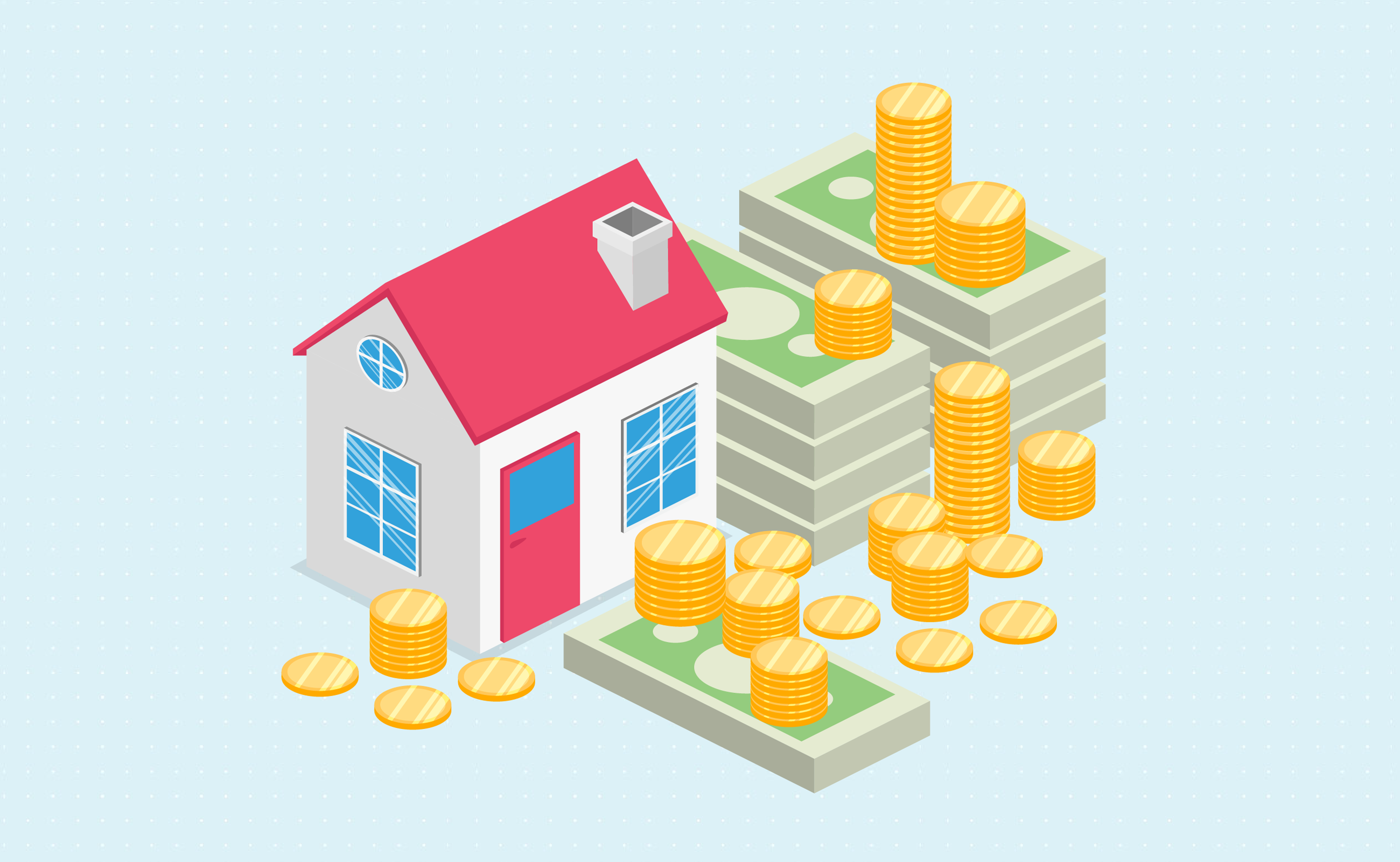
Assets are the positive side of your net worth. They represent things, tangible or otherwise, that have value. The first asset most people think of is cash money. Some of the items that fall under the umbrella of assets are as follows:
Your net worth grows along with your assets. Some assets, such as real estate and stocks, grow in value (appreciate) over time. This lets you build your net worth even more without any extra effort.
The opposite is also true. Other assets, such as equipment and vehicles, lose value (depreciate) due to wear and tear. In ordinary circumstances, this isn’t a problem. As long as you keep using them, you’re still getting your money’s worth. Over time, you may even write off some forms of depreciation as tax deductibles. It’s when you need to sell them that they become a problem.
Businesses and individuals alike track assets based on categories. Some of the terms differ depending on the context. Personal finance concerns itself with three major asset categories:
Business finance, meanwhile, includes the following categories:
At its most basic, a healthy net worth comprises a good share of liquid and illiquid assets. Having a large amount of money in liquid assets lets you pay for your liabilities on the spot. Likewise, there are situations where you can have a high net worth with little liquid cash. This is called being “cash poor.”
Being asset rich yet cash poor is a double bind. Most of your wealth would be tied to assets. You’ll need to liquidate your assets to make them useful. People who are cash poor might not have enough liquid cash to cover huge, unexpected expenses. This can put them in a tenuous financial spot if the bills come faster than they could sell their assets. Building up reserves of liquid assets is the best way to avoid this situation.
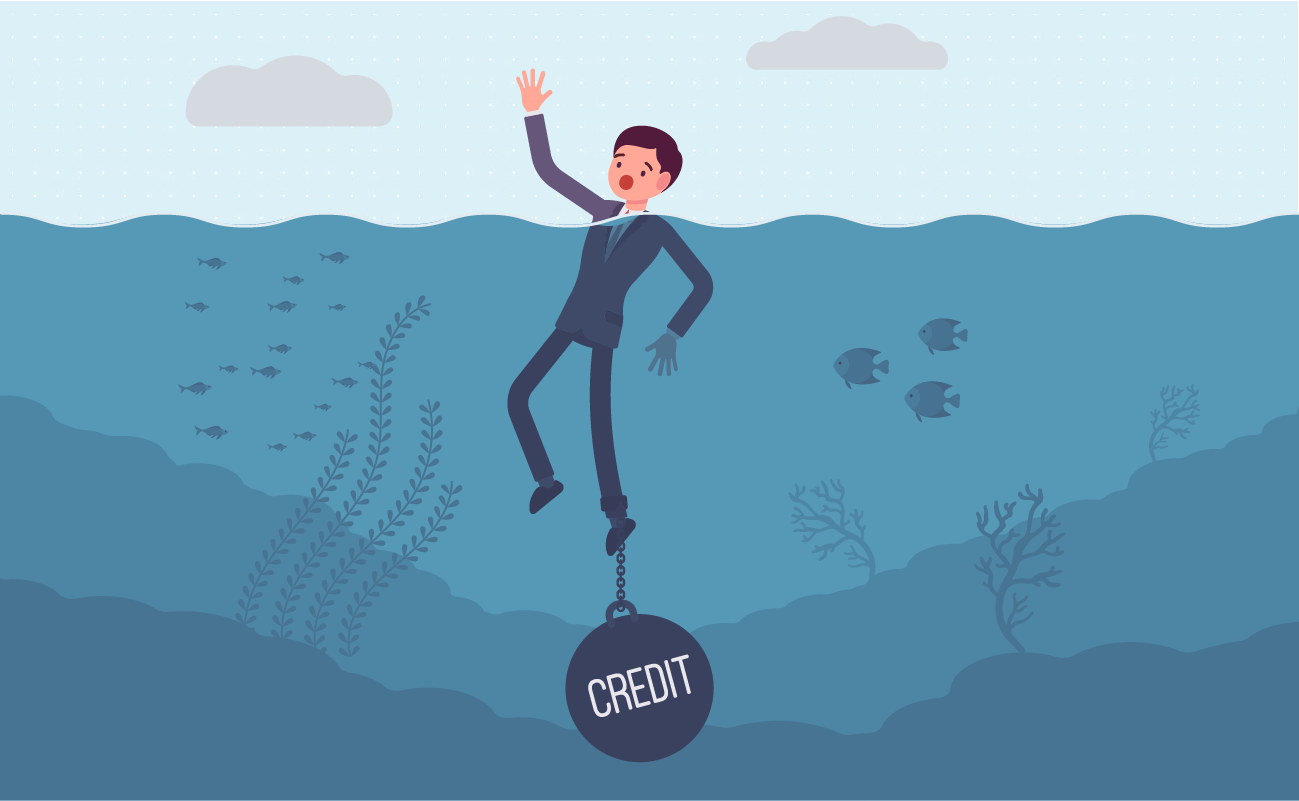
In the popular lexicon, liability has come to mean “hindrance.” It refers to the negative side of your net worth, the financial obligations you are responsible for. While assets represent money coming in, liabilities represent money coming out. The most commonly encountered types of liabilities are as follows:
There are several ways to classify liabilities. The two main categories of liabilities look at their relative life spans.
Although they are both monetary outflows, liabilities and expenses are different. Expenses cover the workaday costs, while liabilities track debts. The distinction is even more important for businesses, which must list the two in separate sheets. Liabilities go in the balance statement while expenses go into the income statement.
Your net worth is the difference between your assets and liabilities. It follows this very simple formula:
Net Worth = Sum of all significant assets – Sum of all significant liabilities
Financial stability is determined by the size of your net worth. If your net worth is growing, it means that you have a healthy cash flow to save money, buy assets, and pay down debts. And when your assets grow in value, so does your net worth. If it begins to decline, it is a sign of trouble. What causes your net worth to decline is often a decrease in cash flow or an increase in debt. Changes in the value of your tangible assets such as stocks and real estate also affect your net worth.
A lowering net worth risks going into the negative, which means you owe more than what your assets are worth. Even if you liquidate everything, you will still owe your creditors money. Remaining in the negative too long will put your finances in dire straits.
Knowing your net worth is the key to making effective financial strategies. Look closely at where your money is going. Have you gotten into more debts as of late? Did the price of stocks and real estate go down? Asking these questions uncovers the root of your financial woes. It reveals both the size of your debts and your rate of cash flow. Keep a close watch on your net worth at least once a year to track your progress.

Before you start calculating your net worth, begin by finding the value of your non-cash assets. You can appraise the price of your home, car, and other assets by comparing them to similar items on the market. Use real estate listings on your neighborhood to find the value of your home. You can also hire someone to appraise your assets, though this can be costly.
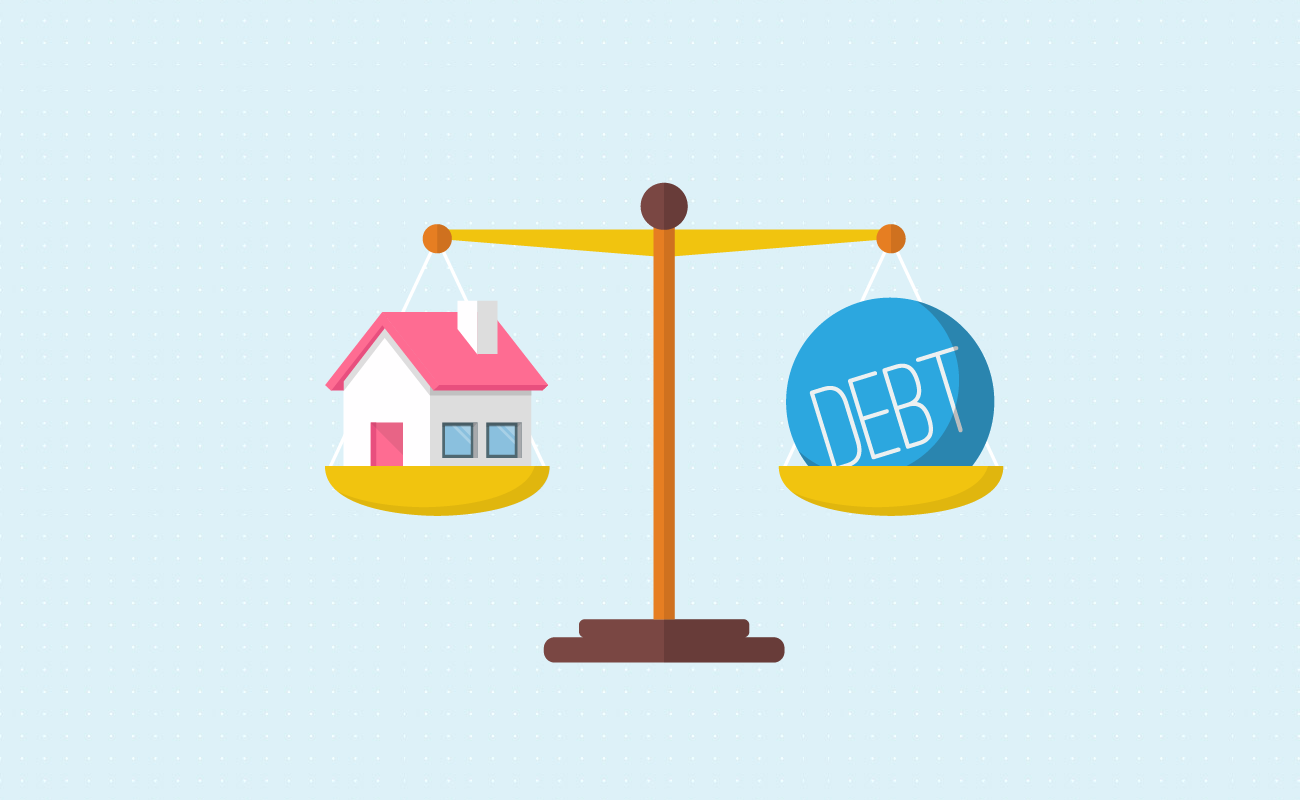
The next and most important step is preparing a balance sheet. This document provides an overview of your financial situation. Are you getting richer or poorer? Are you asset rich but cash poor? Making a balance sheet is the only way to find out. You must prepare one at least once every year to track the progress of your financial efforts.
Traditionally, a balance sheet has two halves. On the left half goes a list of your assets and their value. Your liabilities and their costs go on the right half. For this article, we will be separating our sample balance sheet into three tables.
In this example, we will assume that you are a homeowner who runs a flourishing small business. Over the years, you’ve acquired several assets for your portfolio and your home. You have also started contributing aggressively to your retirement funds. In addition, you own an heirloom piece of furniture from your grandma, which was appraised at $2,000.
| Asset | Value |
|---|---|
| Liquid Assets | |
| Checking Account | $3,000.00 |
| Savings Account | $12,500.00 |
| Certificates of Deposit | $5,000.00 |
| Treasury Bills | $1,000.00 |
| Cash Value of Whole Life Insurance | $10,000.00 |
| Total Liquid Assets | $31,500.00 |
| Investment Assets | |
| Bonds | $1,500.00 |
| REITs | $1,500.00 |
| Retirement Funds | $32,000.00 |
| Total Investment Assets | $34,500.00 |
| Personal Assets | |
| Home | $450,000.00 |
| Grandma’s Antique Armoire | $2,000.00 |
| 2018 Hyundai Tucson | $22,000.00 |
| Other Furniture of Value | $10,000.00 |
| Total Personal Assets | $484,000.00 |
| Total Assets | $550,000.00 |
Next, let’s look at your liabilities. Besides your mortgage and your car loan, you also took out a few loans to start and expand your business. You also have a few credit cards, which you used sparingly. Here’s your list of liabilities.
| Liability | Cost |
|---|---|
| Short-Term Liabilities | |
| Credit Card Bills | $4,500.00 |
| Car Loan | $17,500.00 |
| Other Debts | $1,000.00 |
| Total Short-Term Liabilities | $22,500.00 |
| Long-Term Liabilities | |
| Loan to Acquire Business | $30,000.00 |
| Mortgage Balance | $210,000.00 |
| Total Long-Term Liabilities | $240,000 |
| Contingent Liabilities | |
| Guarantor (SBA Loan) | $1,000.00 |
| Taxes | $2,000.00 |
| Damage Claims | $5,000.00 |
| Total Contingent Liabilities | $8,000.00 |
| Total Liabilities | $270,500.00 |
Now, let’s compare your assets and liabilities:
| Category | Value |
|---|---|
| Total Assets | $550,000.0 |
| Total Liabilities | -$270,500.00 |
| Net Worth | $279,500.00 |
In this scenario, your net worth is well above negative. Our example also reveals where you can reduce your liabilities and build up your worth. By paying off your short-term liabilities, for instance, you can bring up your net worth to $302,000. In addition, you will also free up cash flow to slowly reduce your other debts.
How you should assess your net worth will depend on several factors, including age, financial status, and career path. A net worth of a million dollars is quite a feat if you are young and have a modest-paying job. If your income is several times that much, then we have a problem.
Construction and management games offer a good (though imperfect) way to learn the basics of net worth. The in-game finance sheets SimCity, Tropico, and Project Highrise give a glimpse of the interplay between debt and revenue. Some of these games also have the option of borrowing money. These can expand your starting funds and let you build more. Of course, misuse these funds at your own risk. If you get deep into debt, it’s game over.
That said, there are limits to these simulations. There often are no in-game ways of tracking your net worth in full. In city-building games, buildings only depreciate and can’t be sold for a profit. Still, gamers young and old will learn a lot about the importance of maintaining good cash flow.
Non-cash assets represent some of the best ways to preserve and grow your wealth. Although liquid money is useful, it gradually loses value. The cash flow you have when you work will also not last forever. Eventually, you must retire. By investing, your money continues to grow with little to no effort on your part. Non-cash assets, which include stocks and real estate, have the best returns.
The figures listed below come from a comprehensive Harvard study, which tracked the rate of returns from more than a century. The real rates of return reflect data between 1950 and 2015.
| Asset Class | Real Rate of Return |
|---|---|
| Treasury Bills | 0.88% |
| Bonds | 2.79% |
| Equity (Stocks) | 8.30% |
| Housing (Real Estate) | 7.42% |
Stocks provide the biggest real rate of return in the long run. The caveat of investing in stocks is that they are riskier than cash-based assets like bonds. In the short term, the markets tend to fluctuate wildly. To reap the most returns, you’ll need to invest in them in the long run.
Rather than trying to beat the market or predict the next big thing, you’re better off allocating your money across several types of assets. If any one of the asset classes underperform, the others can guarantee at least some returns. To optimize this, divide your assets according to your risk tolerance, and adjust them as necessary.
How much of your money should be invested in which asset must be based on your risk tolerance. This varies according to several factors. All things being equal, the biggest factor is age. Younger people have time on their side. Thus, they are more likely to invest in risky assets like stocks. Older adults, who need to preserve their wealth, must play it safe with bonds.
Financial stability is also a critical factor. Young people with a lot of liabilities cannot commit as much money to risky assets. Thus, these first-time investors should start off with more conservative portfolios.

Don’t be afraid to redistribute your assets as needed, especially during times of growth. For instance, your portfolio might end up being mostly stocks during a good year. If your risk tolerance is far lower than that, you ought to rebalance. You can either sell your excess stocks or just buy more bonds.
Economic downturns can cause a rapid loss of value on stocks and real estate. This was the case during the Great Recession in the late 2000s. Following a crash in housing prices, thousands of families across the country lost a huge chunk of their net worth almost overnight.
Fortunately, these setbacks are rarely permanent. Over time, stocks and real estate prices will stabilize and rise. As long as your main source of cash flow holds, your net worth will not be adversely affected for too long. For others, the sudden loss of assets is a rude awakening to the amount of debt they’ve accrued.
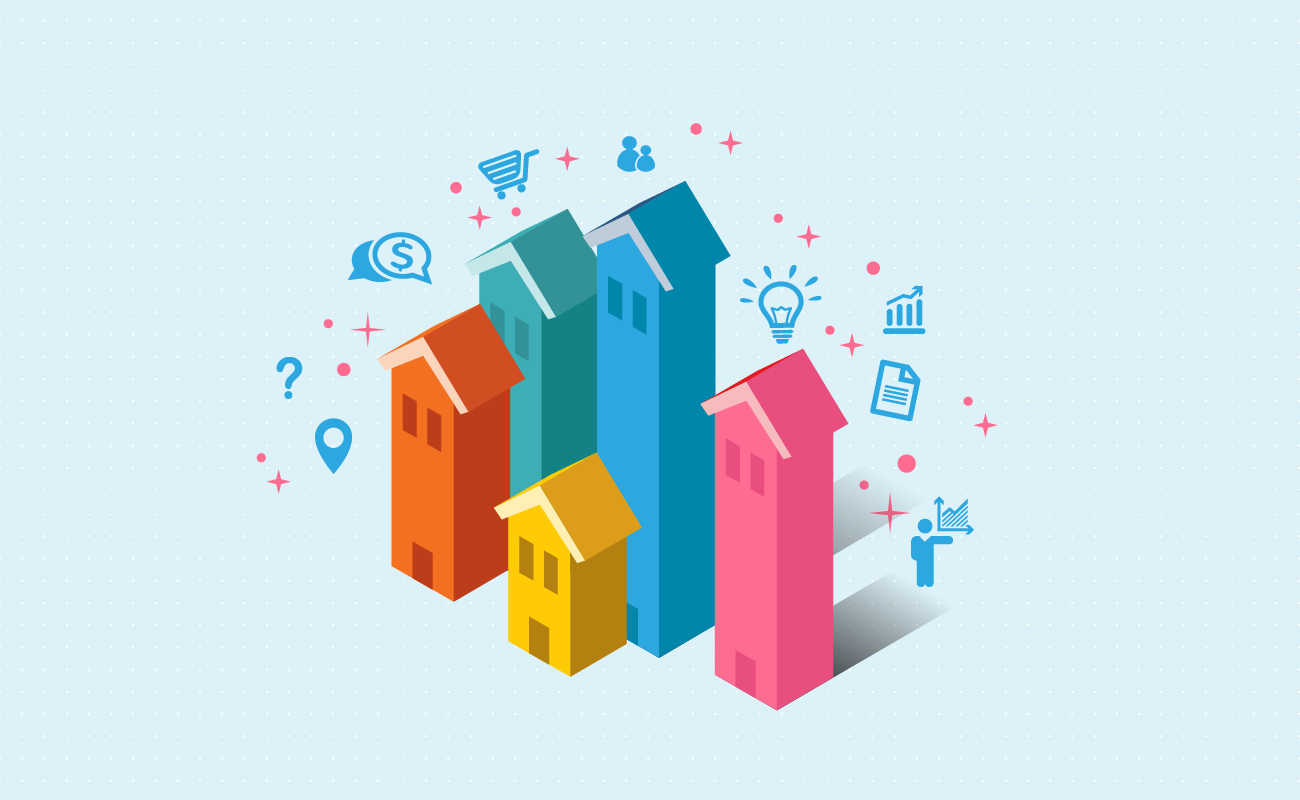
There are times when staying in debt can work to your advantage. Inflation, for instance, lowers the value of your liquid funds. In most circumstances, this is a very bad thing. You lose buying power by keeping your money in one place. Context changes things, however. When investing in real estate, inflation can be your greatest ally.
The amount you owe stays fixed throughout the lifetime of your mortgage. From the time you you take a fixed-rate loan, your monthly principal and interest payment remains the same. Your lender will not charge you dollars adjusted for inflation. Inflation shifts the risk of debt from the borrower to the lender. As long as you can pay it back, your debts will benefit you in the long run.
When you invest in rental property, the costs of payments will be offset by the tenants’ payments. Over time, your income and rents will rise in value, yet your debts remain the same on paper.
That said, longer mortgage terms are still expensive if you can only afford one property. If you wanted to save money and pay off your mortgage faster, you could pay extra to reduce your term and interest costs, or refinance to a shorter term or lower rate. Higher payments today can cut down on your interest payments on your home. But if you can afford to buy investment properties, leveraging debt might not be a bad deal. Time and rents are on your side.
Optimizing your wealth building strategy begins by looking at your net worth. Your balance sheet will give you a clear and sobering picture of where your earnings are going. This can keep you grounded in reality and avoid impulsive investments. It can also help you spot problems and nip them in the bud. Is it really time to buy a vacation home or a yacht? Or should you focus on paying off your debts? Your net worth will be the judge of that.
Once you’ve established your objectives, it’s time to develop a strategy to maximize your cash flow. You’ll need that extra cash to build wealth and pay down debts. Examine your everyday expenses. Are you wasting your money on things you don’t need? Are you overpaying for things you can get cheaper elsewhere? Place all your unnecessary expenses on the chopping board. Chances are you won’t really miss them.
Prepare a biweekly or monthly budget that prioritizes needs and savings. Be sure to include an allowance for irregular payments. This way, your annual and other occasional bills won’t catch you by surprise. Unless your situation is dire, don’t forget to add a part of your budget for discretionary expenses.
If your debts are growing, hide your credit cards and draft a debt payment strategy. To clear debts faster, pay extra toward them one at a time. Focusing on debts with the highest interest rates will help maximize your savings. If your habits prefer winning quickly, however, put your smallest debt on first. Mix and match these strategies as you see fit.
Finally, look toward the future. Once you’ve cleared your debts, you can use your money freely for more important purposes. As with most big things, financial freedom is best taken one small step at a time. Check out our guide on our savings goal timeline calculator for more details.
Jose Abuyuan is a web content writer, fictionist, and digital artist hailing from Las Piñas City. He is a graduate of Communication and Media Studies at San Beda College Alabang, who took his internship in the weekly news magazine the Philippines Graphic. He has authored works professionally for over a decade.